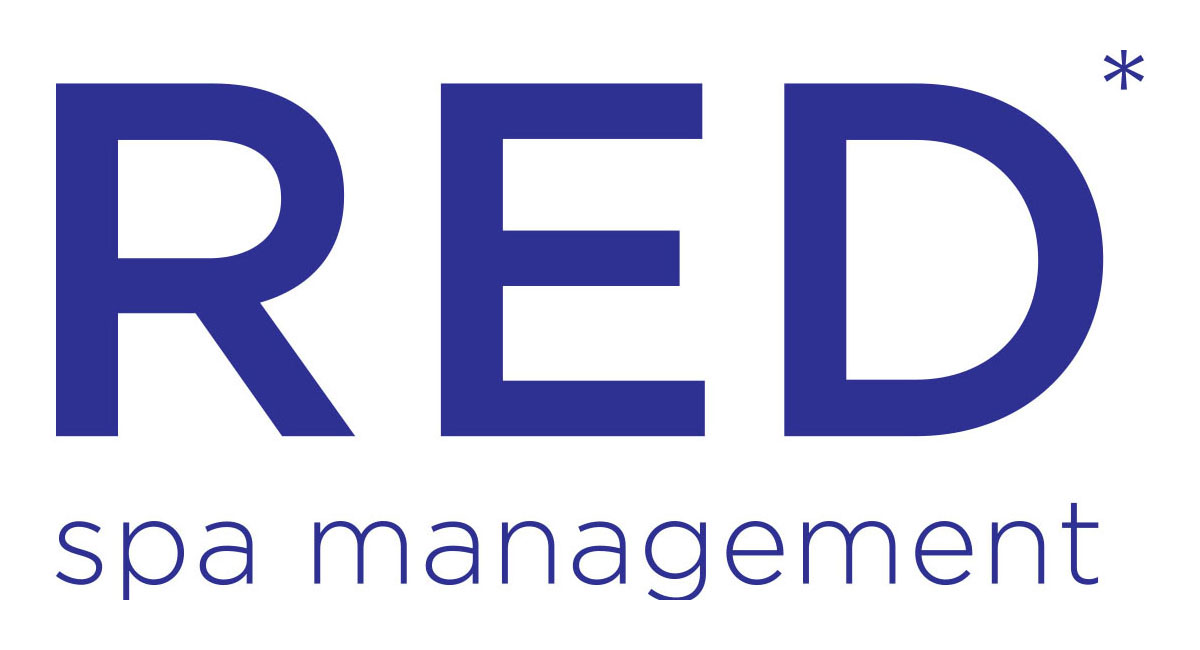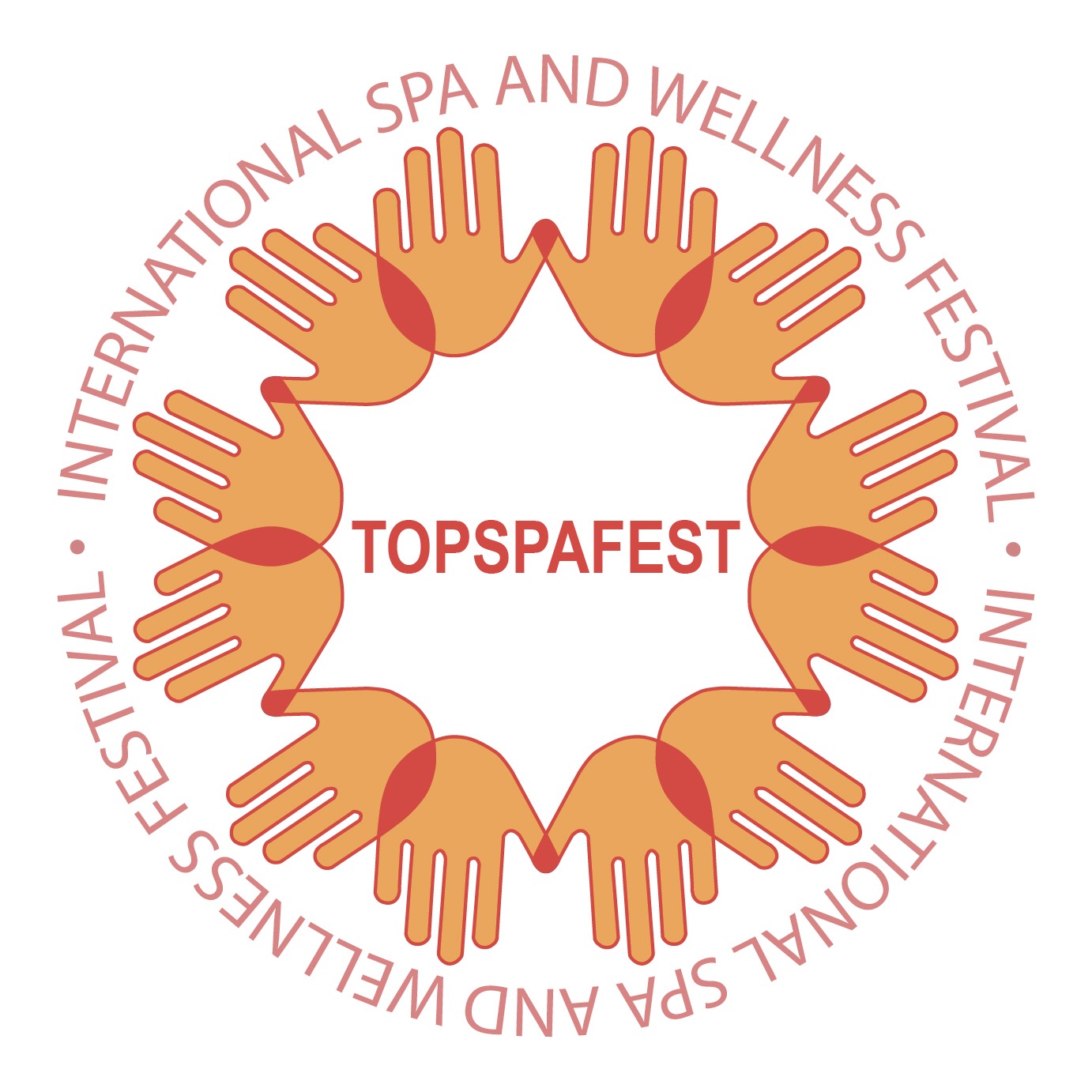
SUBJECTIVE
- To make it simple it means, "What is the client telling you?" The subjective part can also include anything the client writes on the health form and any verbal and nonverbal communication they give you (Studies indicate that as much as 94 percent of communication is nonverbal). Here are more things that can go in the subjective part: Medications they are on, diseases they have, previous accidents, special precautions to take, current problems, what type of massage they want, what areas they want massaged and what areas do they not want massaged.
- A good way to find out how they handle their day-to-day activities is with a pain questionnaire (The form is one that rates all activities and how much pain they have with each)
Pain questions to ask:
- Where is the location of the pain?
- How bad is the pain at any given time?
- How long have you had the pain?
- Have you ever had this pain in the past?
- What is the frequency of the pain?
- How does the pain start?
- Is the pain more on one side than the other?
- Does your job increase your pain?
- What aggravates the pain?
- Does anything relieve the pain?
- If you do not know how you got the pain, have you ever injured yourself there before?
- "Tell me about yourself."
- "Tell me about your home life." (What physical activities do they have to perform at home, describe thehome environment, etc.)
- "Tell me about your work." (What physical activities do they have to perform, describe the work environment,etc.)
- "What do you like to do in your spare time?" (Describe the physical activities and their environments related to hobbies, recreation, etc.)
- "Prioritize the activities from each of these areas that you want to return to doing."
- "Describe your ‘typical day’ before your problem and after your problem."
- What is it that this problem is keeping you from doing that you want to get back to doing?" This is the client's Outcome Statement. (Have the client prioritize those affected activities, from most to least important).
- "Do you have any other problems?"
- "What medications are you currently taking?"
- "Have you had any previous physical therapy?" (If yes, describe; was it successful?)
- "How do you feel right now?"
- "Is there anything else you would like for me to know?"
- Characteristics: "Describe your problem," "How does it feel (pain or other symptoms) and how does it make you feel?" "Does your problem occur at certain times?"
- Intensity: "How bad is your problem?" (What impact does this problem have on your life? What are you unable to do because of this problem, with respect to all aspects of your life: self-care, home, work, and leisure?) Have the client rank the problem, using a scale, such as 0 to 10 (give criteria for 0 and for 10, such as 0 = at its best, 10 = at its worst).
- Duration: "If certain activities cause you pain, how long does it last after you stop the activity?" "Is it constant, or intermittent?"
- Aggravating factors: "What makes the problem worse?" "What do you notice this problem to be associate with?" When do you typically feel the pain?
- Alleviating factors: "What makes the problem better?"
- Subjective simplified - Any info the client tells you (I had my right femur broke in 97), Health history, client goals (what the client wants out of the massage), update (what happened since last massage), symptom’s (headaches), location (upper back), intensity (scale of 1-10), duration (couple hours after sitting for a long time), frequency (3 times a week), onset (when sitting for long periods of time), aggravates (lifting heavy things), relieves (aspirin, ice), pain questionnaire.
- To make it simple it means, “The data the therapist takes from palpation.” It also means: visual-postural analysis, limps, muscle guarding, holding patterns, inconsistencies in movements, atrophy, hypertrophy, bruises, abrasions, scars, swelling, redness, skin irregularities, varicose veins, breathing patterns and prosthetics.
- Treatment goals can be added to define the intention of your massage choices and that they insure that your treatment-plan has a purpose.
- Objective simplified - Visual observations (scars, postural analysis), palpable findings (hypertonic, spasm), test results (change in ROM findings), treatment goals (why you are doing the treatment you are doing), the massage and techniques you did (sports massage, trigger point therapy, worked right rhomboid and hypertonic).
ASSESSMENT
- To make it simple it means, “The therapist evaluates what she or he is doing.” It also means: Changes in client’s condition because of treatment and changes in symptoms. (Sometimes people include the application in the assessment part)
- Assessment simplified - Changes in the client’s condition (more flexibility in neck), and symptoms after or during the massage (headache slightly improved).
- S.O.A.A.P. (Application) - Sometimes therapists will include the treatment given in the assessment or make “S.O.A.A.P.” notes.
PLAN
- To make it simple it means, “The client's next session will consist of, and any homework given to the client.” A treatment plan for next session can be included: what worked, what did not, what you did not address, and what you want to make sure to work on next time. If no changes have been noted in the assessment part, you may have ideas for next time. Recommend the client to get a massage on a regular basis: 1x / wk /4wks = eval (one time a week for four weeks and then evaluate them at the end of the four weeks). Always recommend how many times for them to come back, they might not follow it but at least you tried and you are looking out for their best interest.
- Homework is just that, things the client can perform at home to help with the process of their treatment (stretching, exercise, ice/heat packs, change in diet) try alternatives to pain medication (ice /heat packs). Do not contradict what the primary health care provider instructed. Help them make short and long-term goals, short-term is weekly or monthly (I would like you to sit more than an hour without hurting in the next month) and long-term is 3, 6, 9 or 12 month periods.
- Plan simplified - What worked and did not work (trigger point work was too much on right rhomboids, continue to concentrate on right low back), what to work on next time (low back, left leg…), how often to come in for treatment (2x / wk / 4wks = evaluation), what things they can do on their own (stretching, ice, heat…).
- S.O.A.P.P. (Procedure) - Sometimes therapists will include “S.O.A.P.P.” and the
Procedure part will include the treatment you gave and the last “P” will be the Plan.
- Next visit - Review your notes on the client, before he or she arrives for their
appointment. The subjective part is just an update since the last time you gave them a
massage.
HOPS CHARTING
This is another form of charting.
• History (What the client tells you and what he or she writes down)
• Observation (Any visual things you see)
• Palpation (Anything you feel)
• Special tests (Muscle testing, R.O.M. or other tests)
CARE CHARTING
This is another form of charting.
• Condition of the client (Current condition of the client)
• Action taken (Type of massage given and length of treatment)
• Response of client (Physiological changes noted during and after the session)
• Evaluation (Overall evaluation of the session)
FOCUS CHARTING
This is another form of charting.
Goal: to make the client’s concerns and strengths the focus of care. This is the first holistic charting.
Format of charting is “DAR.”
D – Data
Subjective and Objective
A – Action
Actual and future massage actions. This includes changes in plan of care.
R – Response
Client response to massage treatment.
Osteopaths often use a system of examination called ARTT to look for signs of somatic dysfunction:
A = Asymmetry where there is an obvious difference in the appearance in an area compared to the opposite side.
R = Range of motion where an area is either moving normally, in a restricted way, or is showing signs of hypermobility.
T = Tissue texture where there is a difference between two areas when touching the soft tissues (skin, fascia, muscles).
T = Tissue tenderness where there is a difference in the painful pressure threshold to touch in the muscles in an area.









